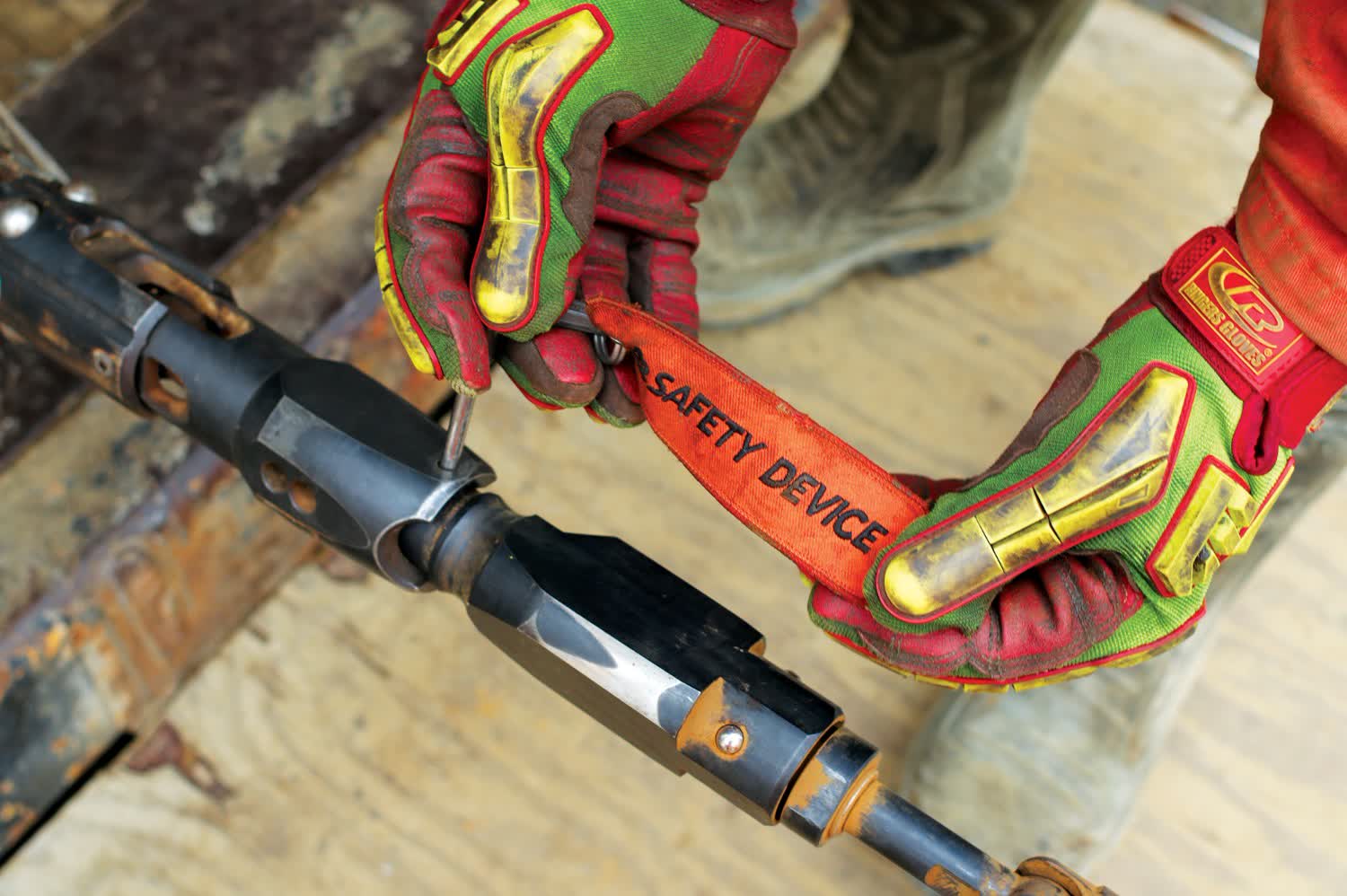By Resource Works
More News and Views From Resource Works Here
The study will investigate the health impacts of “flaring” from the unbuilt Woodfibre LNG plant in BC
A study by Vancouver Coastal Health and a group of scientists from four universities will soon look into the impacts of “flaring” — burning off unused natural gas — from the Woodfibre LNG plant coming to British Columbia.
The federally funded study will include VCH, the University of Victoria, Simon Fraser University, the University of Toronto, and Texas A&M University.
“We’re catching up by doing this study,” said Dr. Tim Takaro, professor emeritus of health sciences at Simon Fraser University. “It’s the first one in Canada on flaring at all, and we’ve been flaring for decades without really looking at the health effects.”
Dr. Takaro’s biography from Simon Fraser University lists him as “a physician-scientist trained in occupational and environmental medicine, public health and toxicology.”
But he’s also known for having spent three well publicized days in a tent up a Burnaby tree in 2021, to protest expansion of the Trans Mountain oil pipeline system. That led to him being sentenced in 2022 to 30 days in jail for criminal contempt of court, violation of a 2018 court injunction.
Takaro has been quoted as saying: “We know that flaring is harmful for health” and has cited research in Texas and California.
But the Texas study he mentions looked not at occasional flaring from an LNG plant like Woodfibre LNG, but at flaring of gas from “the Eagle Ford Shale play of south Texas . . . which encompasses 27 counties in Southern and Eastern Texas.” And where the burning of unwanted gas from oil production is common.
The California study he cited found that “Living nearby and downwind of urban oil and gas development sites is associated with lower lung function among residents.” But it did not look at flaring alone.
Woodfibre LNG says flaring will be needed only rarely from its plant, seven kilometres southwest of Squamish, and it gives some preliminary estimates of emissions from flaring in its net-zero strategy. The plant is expected to go into operation in 2027.
Laura Minet, assistant professor of civil engineering and leader of the University of Victoria’s Clean Air Lab, said the planned study will use local airflow and pollution modelling, and satellite data from the five LNG export terminals around the world for which complete flaring emissions data are available.
“Now we have a better vision of what’s happening there and how much flaring can occur at those facilities. A lot more flaring has happened than what was predicted [or] anticipated by the proponents.”
We’re not clear on how one can determine the impact of flaring from Woodfibre LNG’s plant when there hasn’t yet been any, we don’t know how much there will be or how often, or how it will compare with the non-Canadian plants in the study, and the Woodfibre site won’t actually be connected to a pipeline feed of natural gas until 2026 at the earliest.
Still, we hope this study leads to more solid and reasoned conclusions than, for example, a report on BC LNG issues from the Canadian Association of Physicians for the Environment (CAPE). That report, and some others by CAPE, have been well critiqued and criticized by BC environmental scientist Blair King.
For example, King notes that CAPE speaks of air pollution from the burning of fossil fuels being one of the leading causes of premature mortality in Canada. “Their claim links to a Health Canada report. . . . Upon reading this report one thing becomes abundantly clear: the claim made by CAPE is not supported by (or even made in) the report.”
We trust we’ll see better science and citation in the new study coming on Woodfibre LNG.
Share This:




